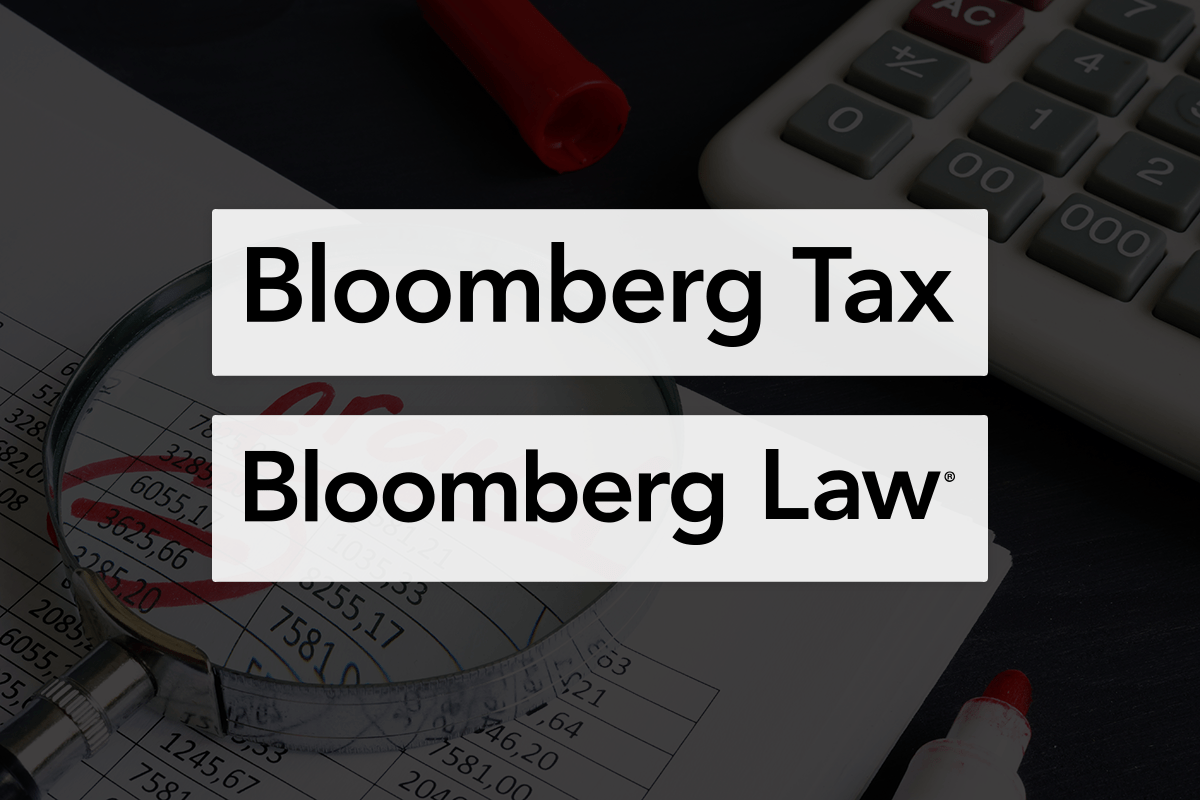[vc_row bg_type=”bg_color” bg_color_value=”#f5f5f5″ css=”.vc_custom_1618938311697{margin-top: 0px !important;margin-right: 0px !important;margin-bottom: 0px !important;margin-left: 0px !important;padding-right: 1em !important;padding-left: 1em !important;}”][vc_column][vc_column_text el_class=”article-info”]Rick Lazio, Senior Vice President at alliantgroup and Former U.S. Congressman
November 8, 2021 | published in thefabricator.com[/vc_column_text][/vc_column][/vc_row][vc_row][vc_column][vc_custom_heading text=”Growth doesn’t disqualify a business from this program, but time is running out” use_theme_fonts=”yes”][vc_empty_space height=”10px”][vc_column_text]Manufacturers are increasingly upbeat about the emerging business environment as they look past the worst of Covid-19’s impact on sales. According to the Manufacturer’s Outlook Survey for Q3 2021, 87.5% of respondents are somewhat positive or very positive about their company’s outlook. At the same time, the labor market remains tight, with respondents predicting employment and wage growth to rise at the fastest rates in Outlook Survey history, which dates to Q4 1997. Respondents anticipate capital spending to increase by the most since Q2 2018. As such, manufacturers are continuing to invest in their companies—both in workers and in the capital—at paces that would indicate an extremely positive outlook in their businesses moving into next year.
While optimism is strong, respondents said that workforce shortages are holding them back from reaching their growth potential.
Fortunately, recent legislative changes have made it easier for manufacturers to fund this reinvestment, and to do so quickly. Congress is now providing the capital necessary to help business owners in this industry bounce back by way of the Employee Retention Credit (ERC).[/vc_column_text][vc_empty_space][/vc_column][/vc_row][vc_row][vc_column][vc_custom_heading text=”Understanding Pandemic Relief Incentives” font_container=”tag:h3|text_align:left” use_theme_fonts=”yes”][vc_empty_space height=”10px”][vc_column_text]The government is keen to help the manufacturing industry come back stronger than it was before the pandemic, and the reason is clear: It’s a big sector. According to the National Association of Manufacturers, our industry makes up 11.39% of the total output for the U.S. economy and employs 8.51% of the workforce.
The ERC was designed to encourage businesses to keep employees on the payroll. When the Coronavirus Aid, Relief, and Economic Security (CARES) Act came into effect in 2020, companies used Paycheck Protection Program (PPP) loans to fund their operations. But since the PPP and the ERC were mutually exclusive incentives, these businesses remained ineligible for the ERC until the passage of the Consolidated Appropriations Act of 2021 last December.[/vc_column_text][vc_empty_space][/vc_column][/vc_row][vc_row][vc_column][vc_custom_heading text=”Act Now to Claim the ERC” font_container=”tag:h3|text_align:left” use_theme_fonts=”yes”][vc_empty_space height=”10px”][vc_column_text]Employers who received PPP loans, even if those loans have been forgiven, are now eligible to claim the ERC on wages not paid by PPP loans. But even with the change in ERC rules, many eligible businesses are still not claiming this credit. The business owners are either simply unaware of this credit or assume they are ineligible for it, and they’re missing out on credits (up to thousands of dollars per employee) that they can use to:
- Eliminate payroll tax.
- Invest in capital.
- Hire more talent.
To be eligible for this tax credit, you must satisfy at least one of two conditions:
—Your business operations were fully or partially interrupted or suspended
—Your business experienced a decline in revenue (20% in gross receipts when compared with the same quarter of 2019).
That said, even if you do not have any tax liability, you still can receive a cash refund. In fact, the key to qualifying is not just revenue or tax liability. If your daily operations were altered in any way because of the pandemic, you are in an excellent position to claim the credit.
Some companies faced many difficulties from the outbreak itself; many of these and others were affected by business restrictions put in place by state and local governments. Regardless of how or why a company was affected, these programs are Congress’s way to help businesses retain their current workers and hire some of the six million who were sidelined by the downturn in the economy.
A key point is that even if your business grew during the pandemic, you may still qualify for the ERC. If you can show how the pandemic impacted your business and its operations, this incentive will surely provide a much-needed boost.
Finally, manufacturers should not only claim this credit but also maximize its benefit by combining it with other government incentives like the Work Opportunity Tax Credit (WOTC). This reward incentivizes employers to hire workers from targeted groups who have historically faced significant barriers to employment while helping to spur strong growth for the manufacturing industry. Navigating through these programs can be daunting, but enlisting the help of a company that specializes in this work can maximize a company’s claims.[/vc_column_text][vc_empty_space][/vc_column][/vc_row][vc_section][vc_row][vc_column][vc_separator][/vc_column][/vc_row][vc_row css_animation=”fadeInRight”][vc_column][vc_custom_heading text=”About the Author” use_theme_fonts=”yes” css=”.vc_custom_1621268389440{margin-bottom: 20px !important;}” el_class=”alt-h1″][/vc_column][vc_column width=”1/4″][vc_single_image image=”21430″][/vc_column][vc_column width=”3/4″][vc_column_text]Rick Lazio is a former U.S. Representative from New York serving in Congress from 1993-2001. While there, he became a strong advocate for small businesses by sponsoring the successful Small Business Tax Fairness Act. After Congress, Rick moved to the private sector working for JP Morgan Chase as a Managing Director and then Executive Vice President. Rick is committed to his continued interest and support of small to mid-sized businesses by brokering his insight and experience in the public and private sectors to provide strong incentives for job growth. This interest has extended into his civic and philanthropic work in New York with the Committee for Economic Development and the Association for a Better New York.[/vc_column_text][/vc_column][/vc_row][vc_row][vc_column][vc_separator][/vc_column][/vc_row][/vc_section][vc_row][vc_column][vc_row_inner][vc_column_inner]
[/vc_column_inner][/vc_row_inner][/vc_column][/vc_row]

